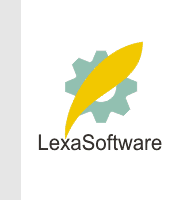Filmscanners mailing list archive (filmscanners@halftone.co.uk)
[Date Prev][Date Next][Thread Prev][Thread Next][Date Index][Thread Index]
[filmscanners] Re: 8 bit versus 16
Art-I'm actually partially on your side--I agree that 8 bits is mostly the
limit of what
humans can discern. There are rare cases of large, "shallow" (not much tonal
range)
gradients that haven't been dithered, either artificially or by film grain,
that can show
banding. But again, that's rare. And in any event, there are NO output
solutions I know of
that actually support 16-bit, so whether or not we can discern 16-bit is pretty
much a moot
point.
The only time I'm saying 16-bit matters is when you make tonal adjustments,
either
gamma/levels/curves or dodging and burning. These throw away data. To have 8
bits of
significant data when you're done you have to start with more than 8 bits.
And if you're adjusting things in the scanner, the scanner's bit depth matters.
One of the
reasons 1990-and-earlier drumscanners do such a horrid job on color neg is that
they're
only 8 bits internally, spread over a 4.0 dynamic range. The much smaller range
of color
neg leaves you only 5-6 bits data--generally an ugly mess.
----------------------------------------------------------------------------------------
Unsubscribe by mail to listserver@halftone.co.uk, with 'unsubscribe
filmscanners'
or 'unsubscribe filmscanners_digest' (as appropriate) in the message title or
body
|

